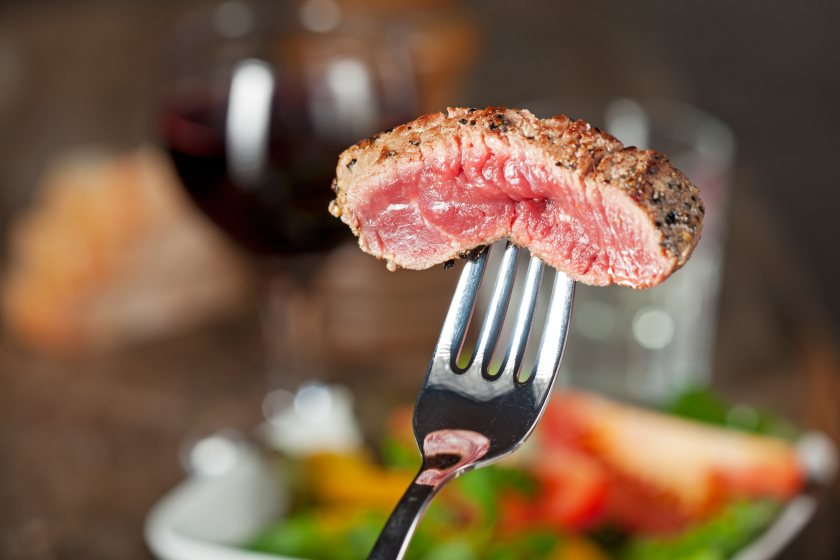
Beef prices are rising faster than general inflation, and new modelling suggests this trend could significantly affect consumer spending—both at the supermarket and when dining out.
Driven by tightening domestic and global supply chains, beef inflation has emerged as an increasingly pressing issue for the UK food sector.
Now UK levy boards have examined past consumer behaviour during periods of peak beef inflation, using those insights to model potential future trends.
In the retail sector, beef prices rose by 9.1% in May 2025, with the average price reaching £9.39 per kilo. If inflation were to return to the October 2022 peak of 16%, modelling indicates that retail beef volumes could decline by approximately 12,500 tonnes.
Similar pressures are being felt in the out-of-home (OOH) market. Average prices for beef-based dishes across restaurants, cafés, bakeries and fast-food chains have now exceeded £6.
Should foodservice beef inflation return to its November 2024 high of 12.8%, the average price per dish could reach £7, with a potential volume loss of 5,100 tonnes.
Emma Wantling, retail insight manager at levy board AHDB, which published the research, said: “As a general rule, as prices rise, demand from consumers drops.
"Consumers typically respond to price increases by reducing the amount and frequency at which they purchase beef, swapping to cheaper beef cuts, stores and proteins and even turning away from beef altogether.”
Iain Macdonald, market intelligence manager at Quality Meat Scotland (QMS), which collaborated with AHDB, added: “Research conducted by QMS in 2024 found that a lack of profitability was a major contributor to the reduction in Scotland’s beef herd in recent years.
"While a higher level of farmgate prices in 2025 may have gone some way towards addressing that balance, the size and speed of the step-up in prices has squeezed the volume of demand as it has quickly passed through into consumer prices.”
The joint AHDB–QMS research is intended to help processors, retailers, foodservice operators and the wider supply chain manage the inflationary impact through targeted strategies.
These include promotional activity, effective communication of beef’s quality, taste, and nutritional benefits, and reinforcing the resilience of domestic supply chains to help stabilise pricing.
Emma Wantling stressed the importance of engaging consumers: “Marketing will be crucial to support beef demand, and communicating the unique benefits of beef cuts that are not easily replaced by other proteins should be prioritised.
"AHDB’s ongoing Let’s Eat Balanced consumer campaign highlights the great taste and nutritional benefits of British beef to British consumers.
"Our work to open and develop export markets is also critical to support demand and maximise returns for the whole carcase.”
Looking to the future, Iain Macdonald highlighted the economic potential for the Scottish beef sector.
“Our latest modelling highlights that Scotland’s beef sector alone could generate an additional £281 million in output and £76 million in GVA for our economy by 2030.”
